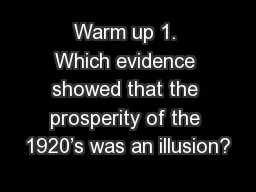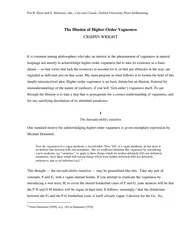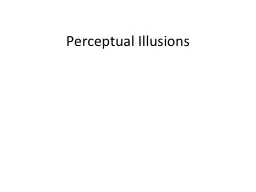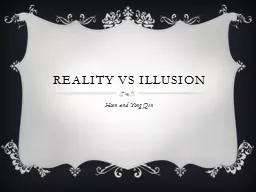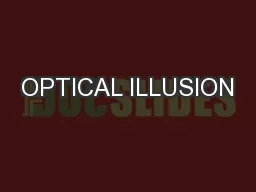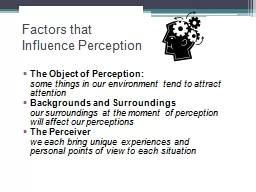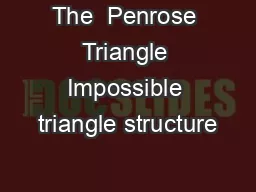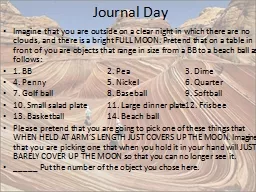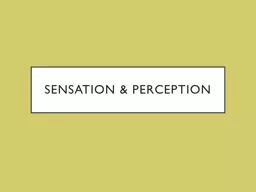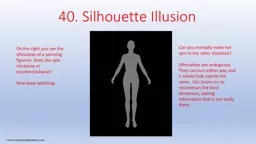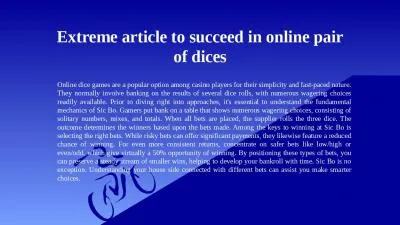PPT-Warm up 1. Which evidence showed that the prosperity of the 1920’s was an illusion?
Author : liane-varnes | Published Date : 2018-09-30
Prices on consumer goods decreased Overseas investments declined Income gap between workers and managers decreased Many people increased their debt 2 Which term
Presentation Embed Code
Download Presentation
Download Presentation The PPT/PDF document "Warm up 1. Which evidence showed that th..." is the property of its rightful owner. Permission is granted to download and print the materials on this website for personal, non-commercial use only, and to display it on your personal computer provided you do not modify the materials and that you retain all copyright notices contained in the materials. By downloading content from our website, you accept the terms of this agreement.
Warm up 1. Which evidence showed that the prosperity of the 1920’s was an illusion?: Transcript
Download Rules Of Document
"Warm up 1. Which evidence showed that the prosperity of the 1920’s was an illusion?"The content belongs to its owner. You may download and print it for personal use, without modification, and keep all copyright notices. By downloading, you agree to these terms.
Related Documents

